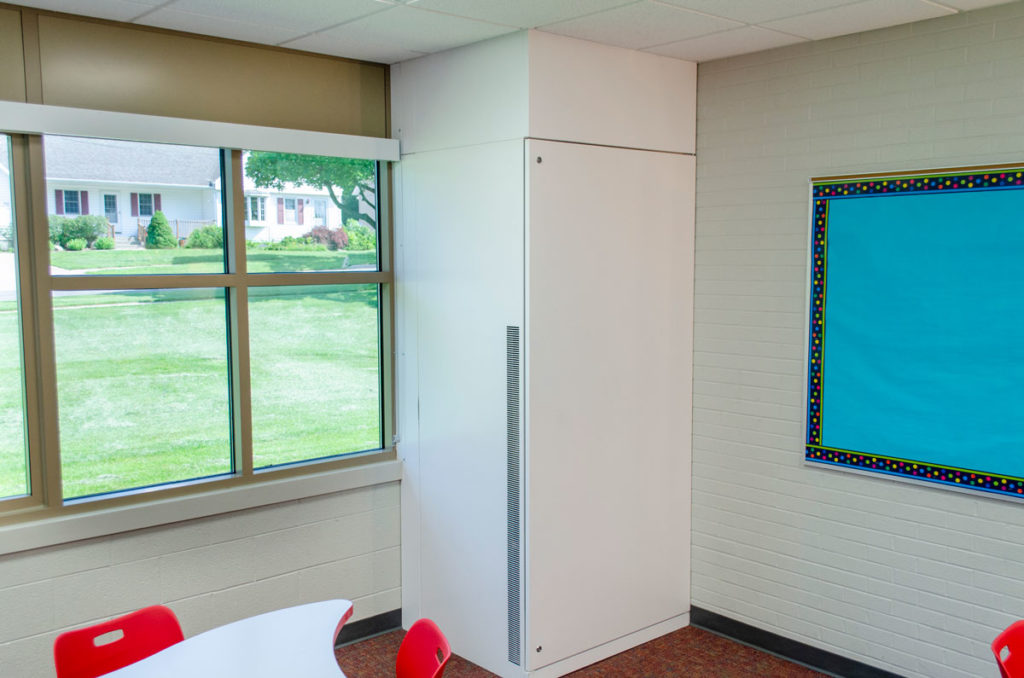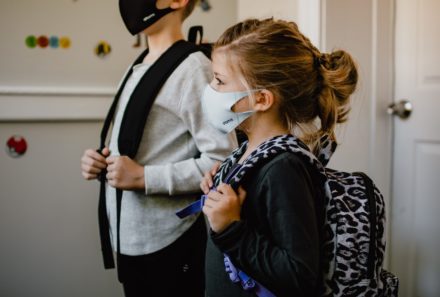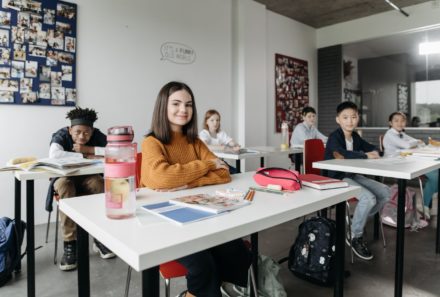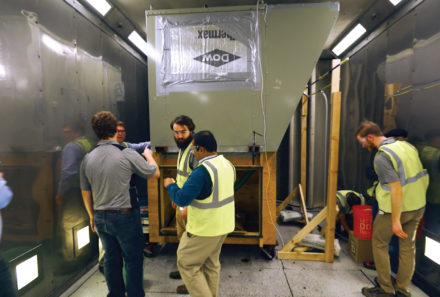
Features to Look for in Ventilation Solutions for Schools
Modine wants to help school districts find the best HVAC system improvements to make classrooms safer for students returning to school. As schools reopen to in-person learning, facility managers have to evaluate the best ways to protect against the transmission of COVID-19 and other pathogens.
According to the U.S. Centers for Disease Control, ventilation system upgrades or improvements can dilute potential contaminants and reduce the chance of infection:
When indoors, ventilation mitigation strategies can help reduce viral particle concentration. The lower the concentration, the less likely viral particles can be inhaled into the lungs (potentially lowering the inhaled dose); contact eyes, nose, and mouth; or fall out of the air to accumulate on surfaces. Protective ventilation practices and interventions can reduce the airborne concentrations and reduce the overall viral dose to occupants.
 Not all HVAC technology is created equal, though. When considering upgrades and replacements for existing school systems, there are three important aspects of effective ventilation technology to consider:
Not all HVAC technology is created equal, though. When considering upgrades and replacements for existing school systems, there are three important aspects of effective ventilation technology to consider:
-
-
- Controlled ventilation. Providing individual individualized classroom control helps prevent the spread of pathogens from one space to another.
- Dehumidification. Controlling humidity levels increases comfort and limits pathogen growth.
- Filtration. High MERV-rated filters filter out pathogens, odors, and other unhealthy particles.
-
Modine’s extensive lines of school HVAC products can help meet those criteria. These products include our Horizontal and Vertical Unit Ventilators, Airedale ClassMate® DX Cooling and Heat Pump, the Airedale SchoolMate® Water/Ground Source Heat Pump, and the Airedale Sentinel® Vertical Unit Ventilator.
Good ventilation protects students and teachers while keeping them productive and comfortable. An investment in the right ventilation technology will benefit school systems for years to come.








